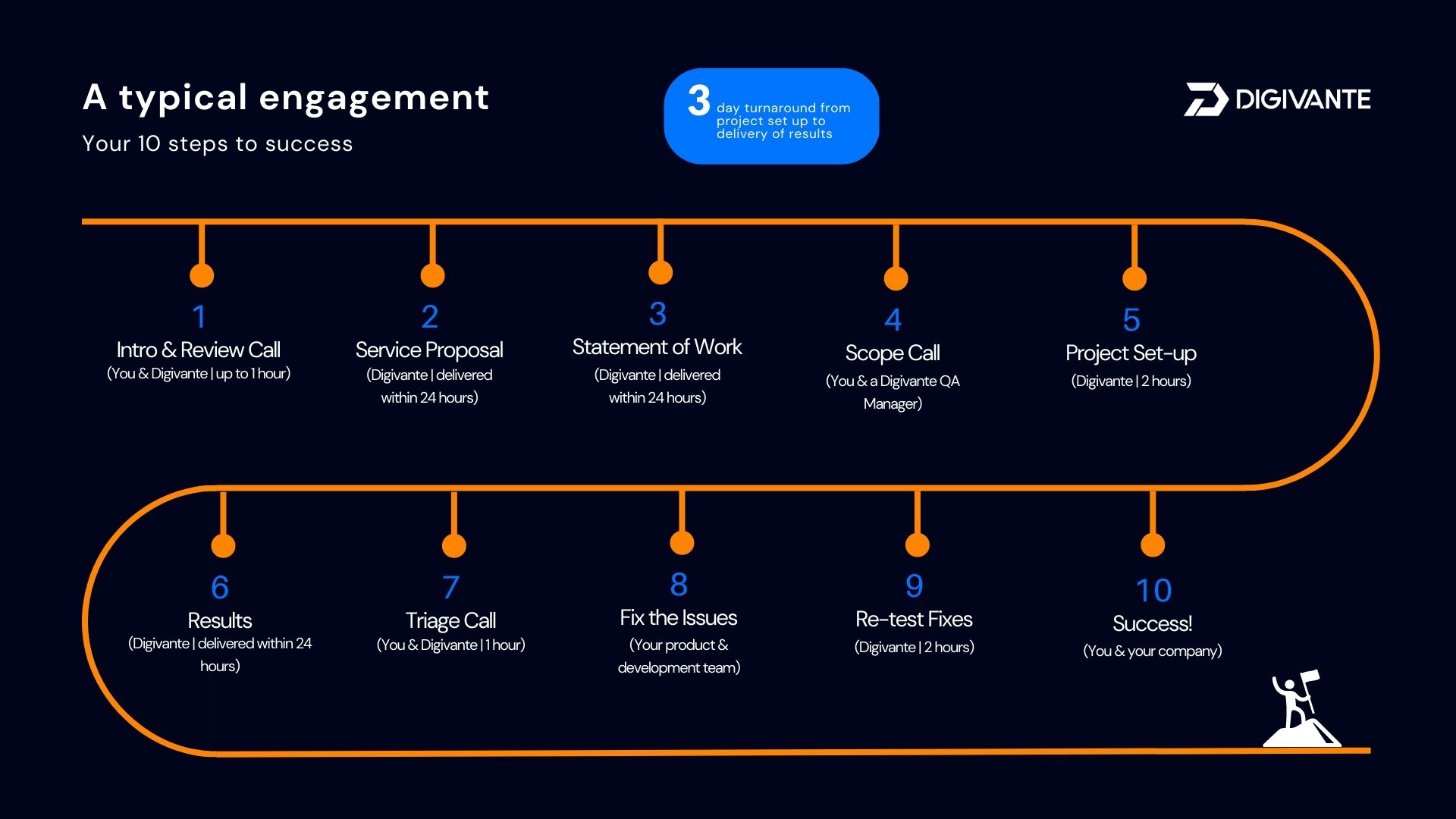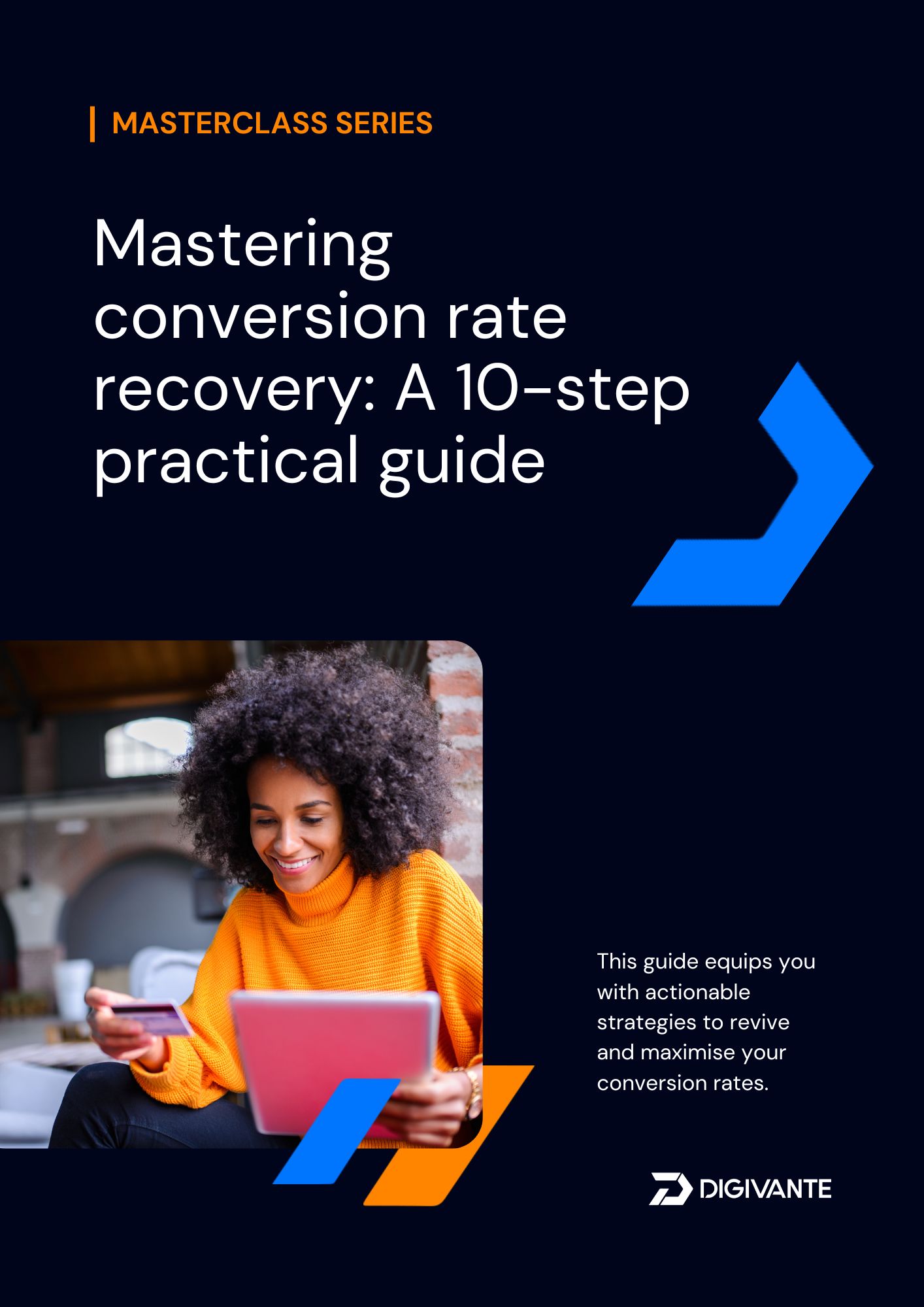In this blog, we explore how crowdsourced software testing not only complements ecommerce platforms but is crucial in enhancing the overall ecommerce testing experience. Discover the benefits of ecommerce testing and how it can transform your QA and user acceptance strategy.
So let’s say you‘re responsible for an ecommerce site or app, maybe you are an ecommerce director, manager or even the owner of the company. You’ll no doubt be wanting more conversions – why wouldn’t you? You spend all that money getting people to your site, only to see a number of them go somewhere else.
To understand this, we need to understand the ecommerce world in more detail. Working on an ecommerce website or app, you’ll be all too aware of the need to continuously assess and upgrade your software. Many customers interact with your site, and you continually need to ensure that your site or app meets this varied customer base, be it on mobile or desktop platforms, in your store or somewhere else. This varied and somewhat unique challenge means that immediate, continuous and ‘at-scale’ testing is what is needed to reduce the inevitable testing bottlenecks.
With the addition of integrated technologies and shorter sprints, the likelihood of defects and CX issues increases. Whilst you might be spending more and more on automation or increasing your team size, the reality is that crowdsourced software testing model really suits this need.
What is crowdsourced software testing?
Crowdsourced software testing (also known as crowdtesting) is the process whereby a company utilises a community of professional testers, working remotely within a testing portal, to test software, websites and apps, and accelerate product release velocity. Groups of vetted testers can be deployed to look at the ecommerce software in its entirety, or look at it from specific aspects, such as payment testing, functional testing, usability testing etc. Crowdtesting results in real-world defects, as it uses real users, in the real world, using their real devices. Crowdsourced software testing allows an organisation to eliminate errors and critical issues before the product goes to market, drastically improve user experience and captivate end users.
Here’s why crowdsourced software testing works so well for ecommerce websites & apps.
Crowdtesting is cost-contained and often works out as a low-cost opportunity to test on a wide range of platforms. And as the testers are gamified for results, they are hungry to locate the issues and conversion blockers that matter to you.
To augment your regular software testing capability, bringing a testing crowd in at a crucial point can really support your software development, and specifically when it is tricky for your internal team to focus on the growth of the site along with its interactive content, links, and various other functionality. A typical community of professional testers can also drive in new types of testing that weren’t traditionally available, including:
- Localisation testing: to ensure that the site works for that market.
- Payment testing: to ensure that payments made with various payment engines in that country work.
- Confirmation of delivery: to test the end-to-end experience including receiving goods.
- Cultural appropriation: to ensure that the site meets cultural expectations – for example, order a pair of Thongs in Australia and you will get a pair of flipflops, whereas elsewhere, you will get something else…

How to implement crowdsourced software testing
There are a few stages required when you implement crowdtesting:
Scoping:
As part of the initial testing phase, budget, timings, scope, devices, and special areas to cover are important. The crowd testing company will then take these details and create a test plan for you. This may include covering a range of scenarios, pure ‘bug-hunting’ or a set of detailed test scripts. It will also be including information about how the defects will be replayed, perhaps straight into Jira or whatever defect management tool you use.
Initiation and configuration:
If test cases are required, the crowd testing partner will require further information, document, or work with your technical teams to ensure that they deliver against your requirements. More information might be required relating to the kinds of defects that are important and if you are planning to engage with ‘pure-users’ for usability feedback, then demographics will be collected.
How the site will be accessed will also be important here, but most companies are able to access your site through a whitelisted VPN if it is not already live.
Execution:
The exciting stage which typically lasts only a day or so when the testers get their chance to interact with the site or app to execute the scripts and raise issues that they find.
High-quality crowd companies will also make provisions to ensure that the results are rechecked, so you don’t end up with duplicate issues, issues not clearly written, or issues that are not in scope.
Results:
This is now your time to review the results and see what the testers have found. Defects should be prioritised and then assigned to the development team for resolution.
Wrap-up:
At this point, it may be less of a wrap-up, but more of a next iteration. If there are defects that need to be resolved, they retesting issues raised to ensure they are fixed is important.
Despite the simplicity of the concept, just boosting resource with a carefully managed crowdtesting capability will augment an internal team to prove real-world experiences.
Discover how to set up crowdtesting with Digivante, with just 10 steps to testing and QA success.

What benefits will you see to your ecommerce website & apps?
Embracing external crowdsourced software testing can revolutionize your approach to ecommerce by significantly enhancing your speed, flexibility, and cost efficiency. This shift not only alters your operational dynamics but also expands your capabilities, making it a crucial strategy for any ecommerce business. Here are a few of the benefits:
- Speed: Arguably the most important capability of turning to the crowd for ecommerce is speed. With the need to deliver sprints quickly, an internal team can’t scale up, therefore timescales can be pushed out. Using a scaled crowd model, weeks of testing can be delivered in just a day or less, meaning that the dev team can fix issues quicker and you are able to deliver more.
- Flexibility: Because the crowd can be turned on and off as you need, there is no need to things about fixed non-flexible costs and the cost is contained. So pay when you use it, and don’t pay when you don’t. Also, boost needs when you need it and don’t use it when you don’t want to.
- Cost efficiency: As well as seeing savings from the outsourced model, quality crowdtesting companies also cost-contain their work, so as a company, you can fix and budget to that fixed pricing.
- Realistic: With real people on real devices who have the experience of using those devices, the defects that are found are going to be coming from the same perspective as your clients have. With scale, the crowd can cover a wide range of devices, just like your customers and significantly more than can be achieved internally.
So how do you find a crowdtesting company that meets your needs?
Great news, you are interested in investigating the power of the crowd. What do you do next?
Firstly, it’s about locating a crowdsourced software testing company that can meet your needs. Here are a few recommendations for things to check regarding the company you choose to use:
- Do they have a proven track record at dealing with reputable ecommerce clients. There should be case studies, testimonials, and plenty of logos that you recognise.
- Can they offer full service? Reputable companies will have a full-service offering to provide efficient end-to-end testing of overall functionality, combining a range of different testing types including exploratory (ad hoc) as well as scenario and script-based testing. They might also offer other User Acceptance Testing (UAT) types such as usability testing, accessibly testing, localisation testing and payment testing among others.
- How do they present? Companies that you are entrusting your money and faith in should present well. They won’t have spelling mistakes or errors on their documentation, they will engage in a professional manner and perhaps most importantly, they should be nice people to do business with.
- What areas of expertise do they have? Do they have testing experts that offer unique expertise in core areas of testing, such as, agile delivery, mobile testing, user experience testing and so on, to help uncover defects and overhaul your QA?
- What are their crowds’ capabilities and experience? Are they fully vetted testing professionals who are fully managed and guided by test managers on the requirements and scope of work?
- Testing platform. Does their testing portal allow you to interact with testing projects in real time, providing advanced reporting and testing tool integrations?
Key takeaway for ecommerce leaders
When it comes to testing and ecommerce, it’s one of those things that just needs to be done to deliver good websites and apps. But it is often a huge pain point for ecommerce managers and digital product heads due to the pressure it puts on time, resource, budgets and ROI. And that’s why crowdtesting is a no brainer for the ecommerce sector. Want to find out more about how crowdsourced software testing and ecommerce testing services can support your ecommerce website and app delivery? Get in touch today.






